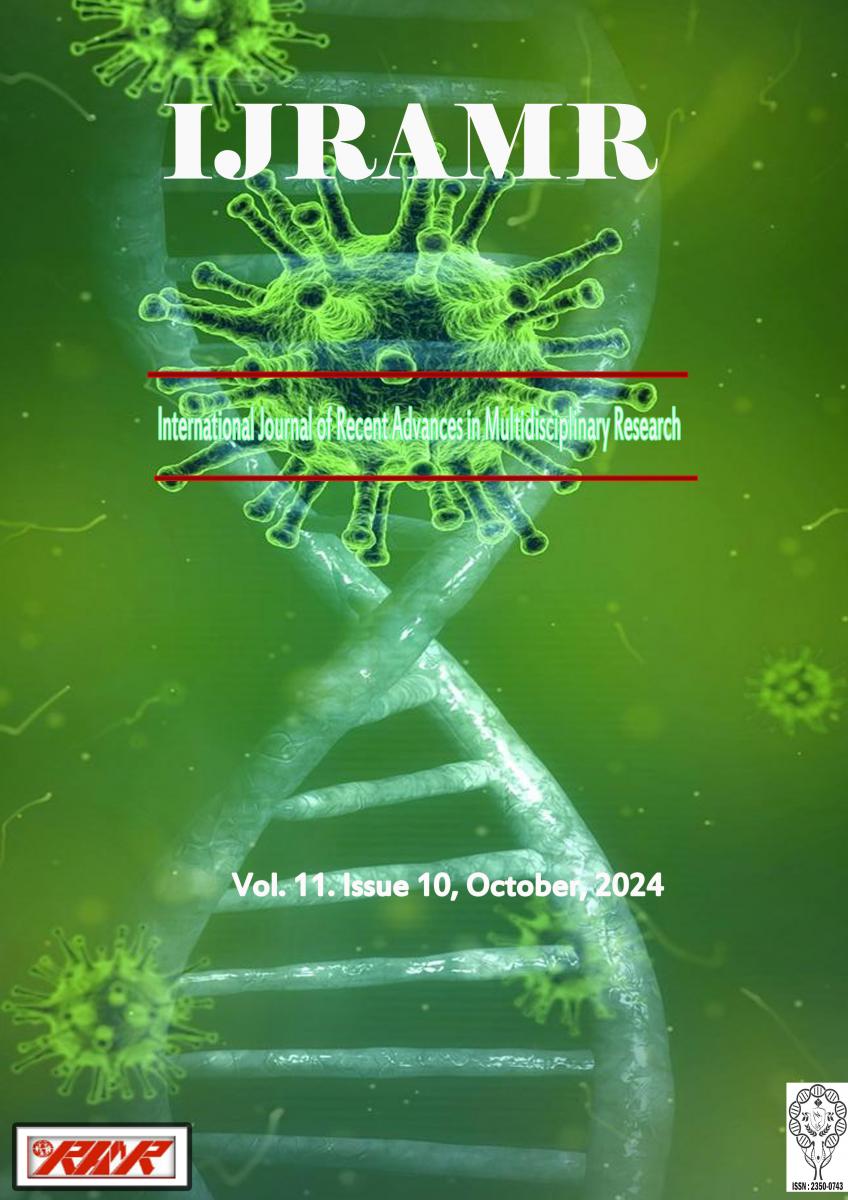Background: Oxford Shoulder Score is a shoulder-specific instrument designed to assess the outcome of all shoulder surgeries. It’s now used in a number of countries and has also been applied in cohort studies, audits, and national joint replacement registries. Objective: To test the face validity, the content validity, the feasibility; the internal consistency reliability and the test retest reliability of Arabic-language version of OSS in assessment of shoulder joint pain. Methods: Forty-three patients with shoulder joint pain caused by degenerative or inflammatory disorders of the Shoulder joint was recruited and 86 sheets (test and retest sheets) were filled out and three expert panels (each consists of ten experts) participated in this study. Forward translation, development of preliminary initially translated version, backward translation, and development of the pre-final version and testing of pre-final version using experts then testing of the final version on patients was done. Index of clarity, expert proportion of clearance, index of content validity, expert proportion of relevance, descriptive statistics, missed item index, Cronbach’s alpha and Spearman’s rank correlation coefficient were used for statistical analysis. Results: The study showed that scale index of clarity equals 88.04%, scale index of content validity equals 95.83%, scale-level content validity index universal agreement equals 95.83 %, The scale items were filled by 100% in all sheets. The scale needed less than 5 minutes to be answered in about 98.5%.Cronbach's alpha equals 0.932 (0.897, 0.958) and all Spearman’s correlations between test and retest results were statistically significant. Conclusion: Arabic-language version of the OSS has face and content validity, feasibility and internal consistency and test retest reliability enough in assessment of shoulder joint pain.






